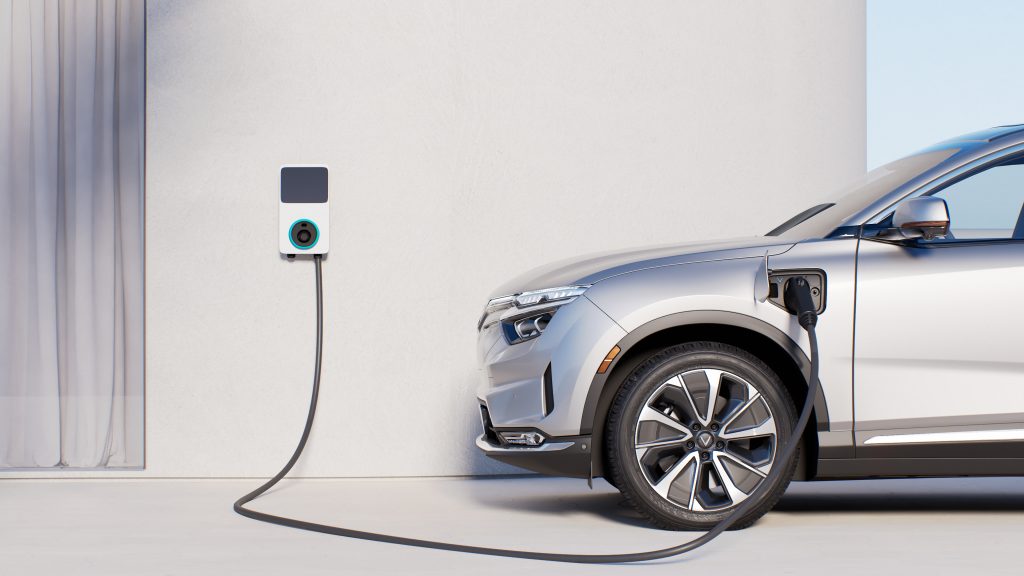Over 50% Of American Homes Are Unprepared For Safe EV Charging
Range anxiety and long charging times are some of the more pressing challenges the electric vehicle industry faces today. But these aspects arguably overshadow some underlying issues that require equal, if not more attention, like a proportionate upgrade of the electricity grid, and the safety of electrical systems in homes. The Electrical Safety Foundation (ESFI) recently conducted a consumer survey to understand the compatibility of American homes with safe EV charging. ESFI discovered that more than 50 percent of US homes don’t have electrical systems ready for the continuous load that EV charging demands. 63 percent of respondents said that they scheduled a home inspection before installing electric vehicle supply equipment (EVSE), and 54 percent of homes required an electrical panel upgrade. Even though 75 percent of EV owners did not face any charging issues, eight percent of them had received an electrical shock. Using manufacturer-approved and certified charging equipment is vital in ensuring the safety of your home and your EV. InsideEVs recommends using EV charging equipment that adheres to safety standards from UL, ETL, TUV, or CSA, and buyers should ensure that the unit contains a printed label. EV charging often involves large quantities of current flow over…












